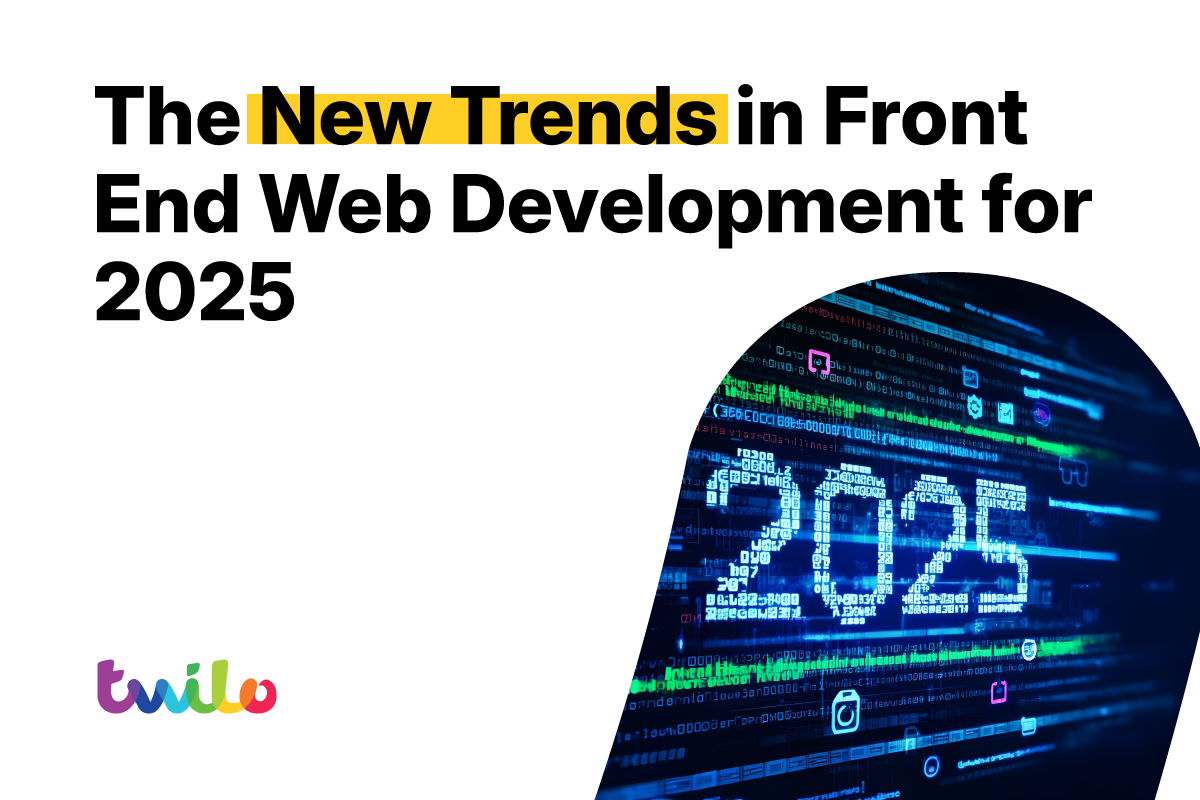As 2025 unfolds, front-end web development continues to evolve at an incredible pace. New tools, techniques, and priorities are reshaping the way websites are built and how users engage with them. Here’s a breakdown of some of the most impactful trends you’ll see this year:
1. Accessibility as a Priority
Accessibility is no longer an afterthought. With stricter regulations and a broader push for inclusivity, developers are using tools like axe DevTools and WAVE to ensure websites cater to everyone, including those with disabilities.
- Why This Matters: Accessible websites reach more users and comply with important standards.
- In Practice: Features like ARIA roles, keyboard navigation, and optimized contrast ratios make sites usable for everyone.
2. New Heights in CSS
CSS advancements like container queries, subgrid, and native nesting are changing the game for layout design. These updates make it easier to create responsive and adaptable interfaces without relying too much on JavaScript.
- Why This Matters: Cleaner, more efficient code leads to better performance.
- In Practice: Container queries let components respond to the size of their container, not just the screen.
3. Animations That Engage
Motion design is playing a bigger role in user experience. Subtle micro-interactions, powered by tools like Framer Motion and GSAP, can make interfaces more intuitive and visually appealing.
- Why This Matters: Users feel more engaged and get immediate feedback on their actions.
- In Practice: Hover effects, smooth loading animations, and scrolling reveals add polish.
4. Server-Driven UI (SDUI)
Dynamic content delivery is getting smarter. Server-Driven UI allows changes to be pushed directly from the server, avoiding full app updates and creating faster, tailored user experiences.
- Why This Matters: Streamlined workflows and faster updates.
- In Practice: Customising interfaces in real-time based on user data.
5. The Rise of WebAssembly
WebAssembly (WASM) is unlocking new possibilities by enabling high-performance applications to run directly in the browser. Developers can now use languages like C++, Rust, or Python for web development.
- Why This Matters: Complex applications, from video editing to gaming, run seamlessly without requiring downloads.
- In Practice: Bringing near-native performance to web-based tools.

6. Streamlined Developer Tools
Tools like Vite, TurboRepo, and esbuild are simplifying workflows and speeding up development. Features like hot module replacement (HMR) are making debugging and previewing changes faster and easier.
- Why This Matters: Faster development cycles mean more time to innovate.
- In Practice: Instant feedback during development with tools that are designed for modern frameworks.
7. Sustainable Web Development
Green web development is gaining traction as developers aim to reduce resource consumption. Practices like lazy loading, optimising assets, and minimising JavaScript usage are becoming the norm.
- Why This Matters: A lighter digital footprint benefits both the environment and site performance.
- In Practice: Faster-loading pages that use less energy to deliver content.
8. Jamstack Evolves
Jamstack’s architecture is reaching new levels with the integration of edge functions and serverless capabilities. These advancements are making it even more efficient for developers to build high-performing websites.
- Why This Matters: Better scalability and faster load times.
- In Practice: Using pre-rendered pages with dynamic updates via APIs.
9. Voice and Gesture Interfaces
Smart devices are driving the adoption of voice and gesture-based navigation. Websites are starting to integrate these features to stay ahead of user preferences.
- Why This Matters: Enhances accessibility and provides innovative interaction methods.
- In Practice: Voice commands for search or swipe gestures for navigation on mobile.
What’s Next?
The front-end development world is constantly evolving. By embracing these trends, developers can create more efficient, engaging, and sustainable digital experiences. Whether you’re experimenting with the latest CSS tools or building greener sites, 2025 is all about innovation.
What trends are you excited to explore this year? Let us know your thoughts and how you plan to incorporate them into your projects.
If you’d like to discuss how Twilo can help your website, please get in touch today.
Tel: 0113 898 0800
Email: studio@twilo.net




